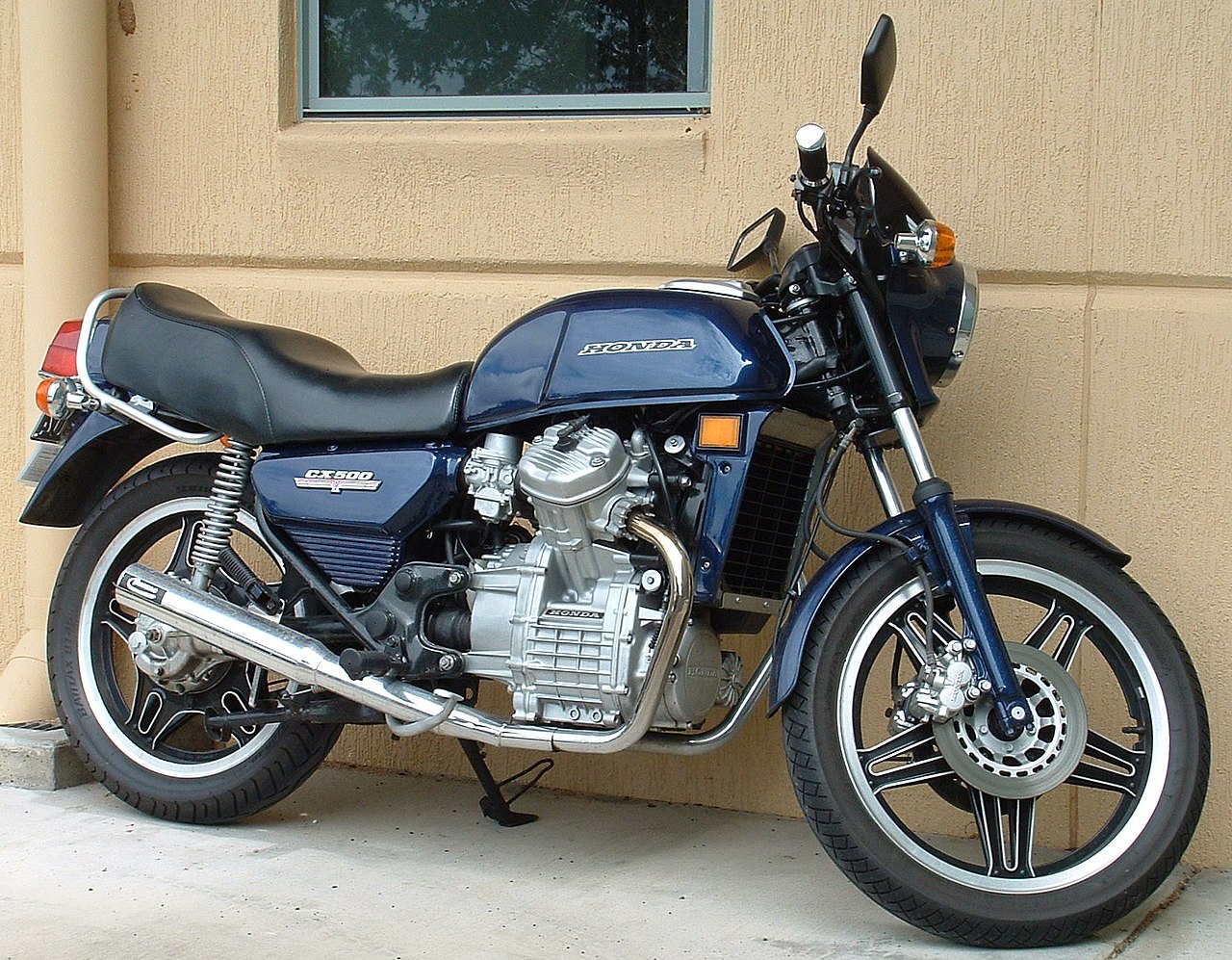Lack of durability (material choice and design) is not a pushrod-vs-OHC issue. Difficulty to repair is not a pushrod-vs-OHC issue, either.
Vehicles nowadays are designed to go down the assembly line easily, they are not designed to be serviced afterwards easily, and they are ALL like that. The engine is designed to go together in automated and semi-automated fixtures on its own without anything else around it, then it gets mounted on a subframe together with accessories and transmission and steering and suspension parts, then the whole thing gets plonked into the bodyshell as a single unit. The fact that you now can't reach parts of the engine for access without dropping the subframe ... is not their concern. And they are ALL like this and it doesn't matter if the engine is pushrod or OHC.
Fortunately, stuff generally needs less fiddling than it did in the old days. The days of needing periodic valve clearance adjustments are gone. The days of needing to fiddle with breaker points and condensers are gone. Spark plug replacement intervals are often 100,000 km or more. It's not common to need to remove a cylinder head any more. (I've never had to have the cylinder head removed on any car or truck that I've owned, and I've taken a couple of vehicles past 400,000 km.)
The Chrysler Hemi perhaps is a good design but so is the Pentastar V6, and those are DOHC 4-valve with VVT. Changing spark plugs on those is a bear ... part of the intake manifold has to come off. But that's not the DOHC's fault. Fortunately, it isn't specified until 160,000 km.
Would the Pentastar be a better engine if it were a pushrod design? Well, considering that the single Pentastar engine design replaced a raft of prior designs, some SOHC, some pushrod, and it makes more power and is lighter and is more efficient than any of them ... probably not.
Would the Hemi be a better engine if it were DOHC 4-valve with VVT? It wouldn't have the same marketing, that's for sure. One thing of note is that if it kept a 90-degree layout, it would be wider (the Pentastar is a 60-degree V6 and this is not an issue). Yes, pushrod cylinder heads are more compact. But this is mostly only a 90-degree V8 issue. For an in-line or a 60-degree V6 ... The DOHC heads fit in all the applications that matter.
I think Chrysler make the right choices for both of these.

